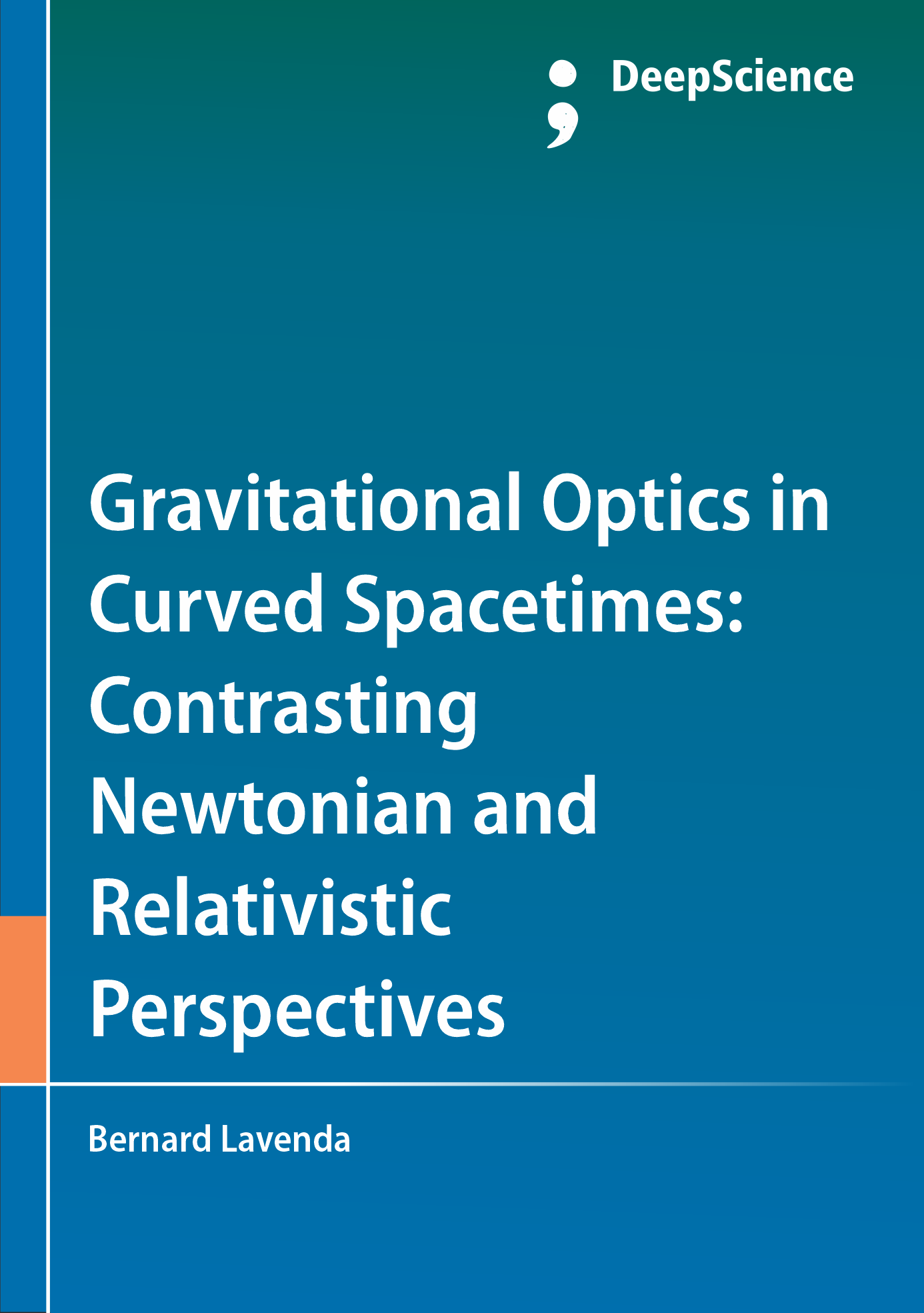Gravitational Optics in Curved Spacetimes: Contrasting Newtonian and Relativistic Perspectives
Keywords:
Gravitational Optics , Curved Spacetime , General Relativity , Newtonian Mechanics , Geometrical Optics , Gravitational Waves , Relativistic AstrophysicsSynopsis
This book offers a critical appraisal of where we stand on a formulation of a theory of gravitation. Newtonian theory is reformulated in the general form of conics and their relation to aberrancy. Conics are to planetary orbits what Cassini ovals are to binaries. The transition from a Bernoulli lemniscate to Cassini ovals is discussed in terms the instability criteria of Roche lobes, and their fission. When the second derivative of the curve is no longer constant, the Newton inverse law does not apply and new central forces appear which can be derived from the radius of aberrancy, just as the inverse-square law follows from the radius of curvature. The logarithmic spiral becomes periodic in velocity space, and a new Hubble law appears between acceleration and velocity. This has the effect of decreasing the decay rate of accelerations so that they can explain the flat rotational curvatures oberserved in spiral galaxies. Numerical relativity has reduced its conception of general relativity to a Le Sage- type theory thereby making it refutable.












